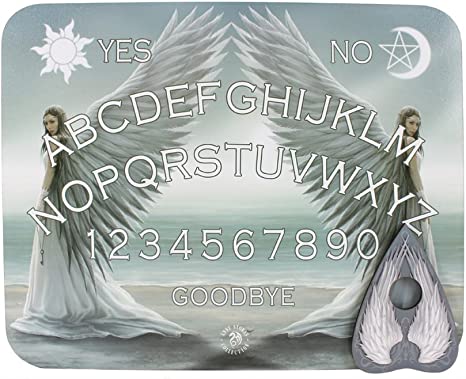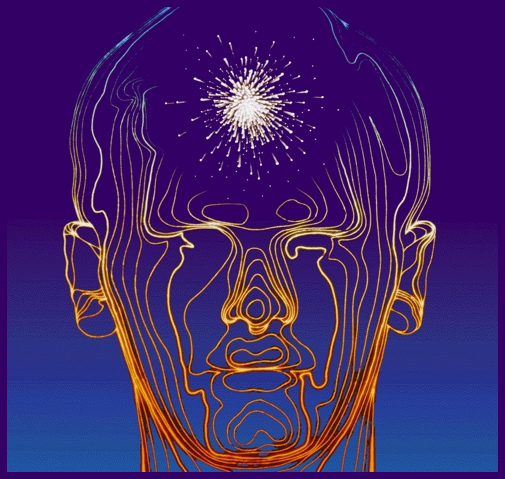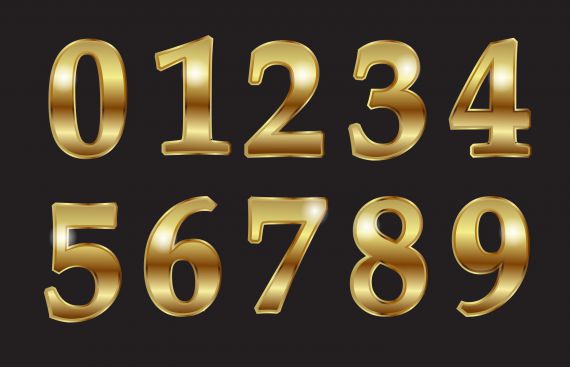Mindfulness, also known as meditation, is a mental state of awareness in which you focus on the present moment without judgment. It is a powerful tool that can help you reduce stress, increase productivity, and improve your overall well-being. If you’re new to mindfulness, it can seem a bit overwhelming. But don’t worry! With a little practice, anyone can learn to be more mindful.
Here are some tips to help you get started with mindfulness:
Start with short sessions:
It can be difficult to stay focused for long periods of time, especially when you’re new to mindfulness. Start with short sessions of just a few minutes and gradually increase the length of your practice.
Find a quiet space:
Try to find a quiet, peaceful space where you can sit comfortably without distractions. This will help you stay focused on your practice.
Focus on your breath:
Your breath is a great anchor to help you stay present. Pay attention to the sensation of your breath moving in and out of your body. If your mind starts to wander, gently bring your focus back to your breath.
Observe your thoughts:
Mindfulness is not about getting rid of your thoughts, but rather observing them without judgment. When you notice your mind wandering, acknowledge the thought and then gently bring your focus back to your breath.
Be patient:
Mindfulness is a skill that takes practice. Don’t get frustrated if you find it difficult at first. Just keep practicing and you will get better over time.
Use guided meditations:
There are many guided meditations available online that can help you get started with mindfulness. These can be a great way to get started and stay focused. Cheri Mancuso offers 3 Guided Meditations that are available as as downloads. Contact her for more information.
Practice regularly:
Like any skill, mindfulness requires regular practice to be effective. Try to practice every day, even if it’s just for a few minutes.
Set an intention:
Before you begin your practice, it can be helpful to set an intention for what you want to get out of it. This could be something as simple as wanting to feel more relaxed or as specific as wanting to improve your focus.
Be kind to yourself:
Mindfulness is not about achieving perfection or trying to force your mind to be quiet. Be gentle with yourself and don’t judge yourself for having thoughts or distractions. Simply observe them and let them pass.
Practice mindfulness in everyday activities:
You don’t have to be sitting in a quiet room to practice mindfulness. You can bring this practice into your everyday life by being present and aware of your surroundings, your actions, and your thoughts. For example, when you’re washing dishes, focus on the sensation of the water and the soap on your hands, instead of letting your mind wander.
Seek out a teacher or community:
If you’re struggling to get started or have questions about your practice, consider seeking out a teacher or community. There are many mindfulness groups and classes available, both in-person and online, that can provide guidance and support. Cheri Mancuso teaches Mindfullness techniques. Contact her more information.
Stay committed:
As with any new habit, it can be easy to fall off the wagon. Stay committed to your mindfulness practice by making it a priority in your life. Set aside time each day for your practice, and try to make it a regular part of your routine.
Embrace the benefits:
As you continue to practice mindfulness, you may start to notice some of the many benefits it can provide, such as increased focus, reduced stress, and greater emotional stability. Embrace these benefits and use them as motivation to keep practicing.
In summary, mindfulness is a practice that can help you be more present, less stressed, and more aware of your thoughts and actions. By setting an intention, being kind to yourself, practicing in everyday activities, seeking out a teacher or community, staying committed, and embracing the benefits, you can make mindfulness a powerful tool in your life. Remember, it’s a journey, not a destination, and every step counts.








